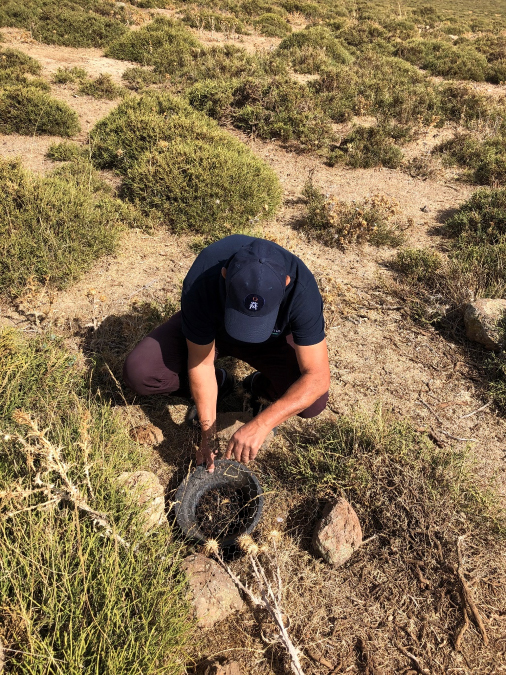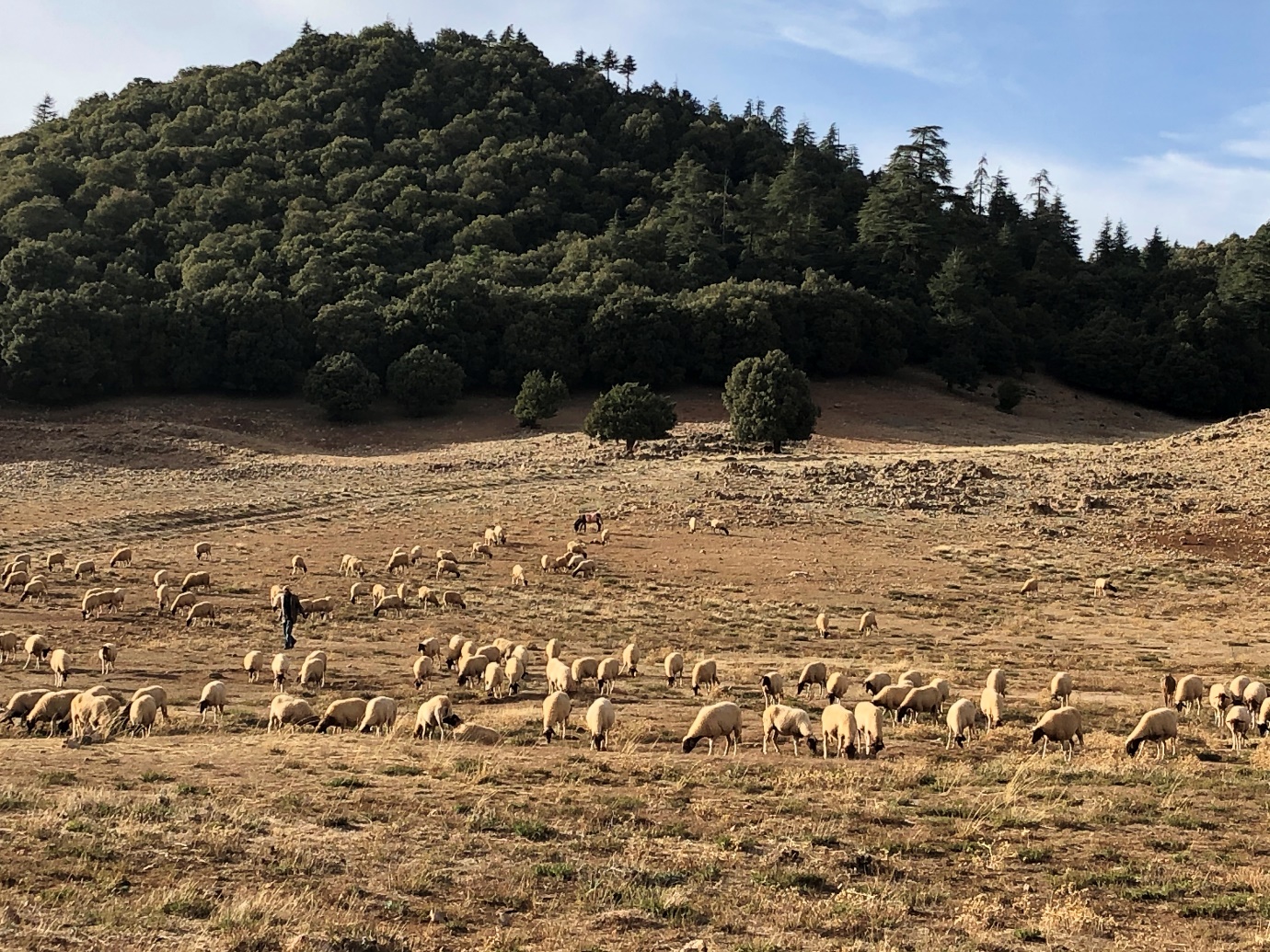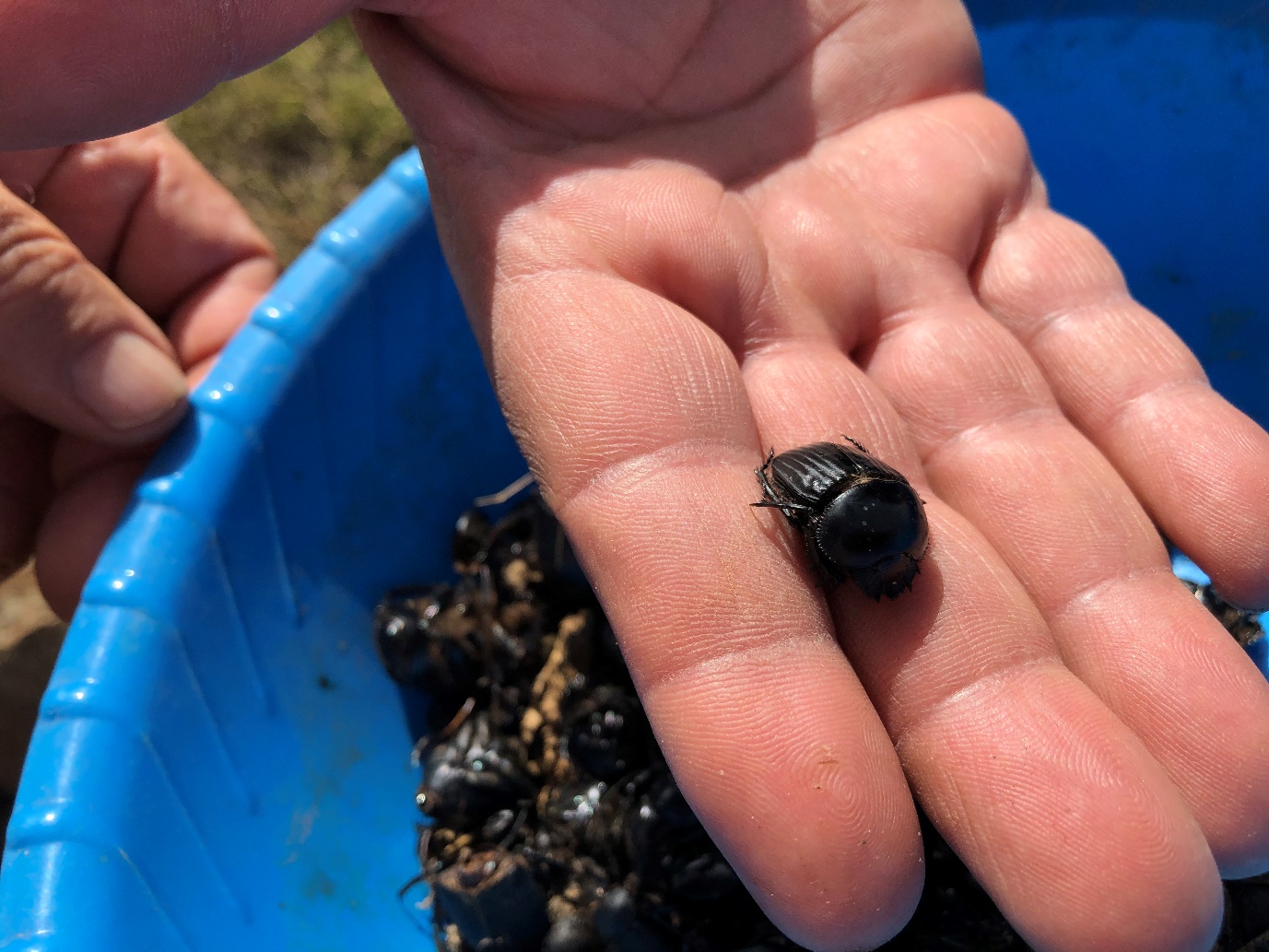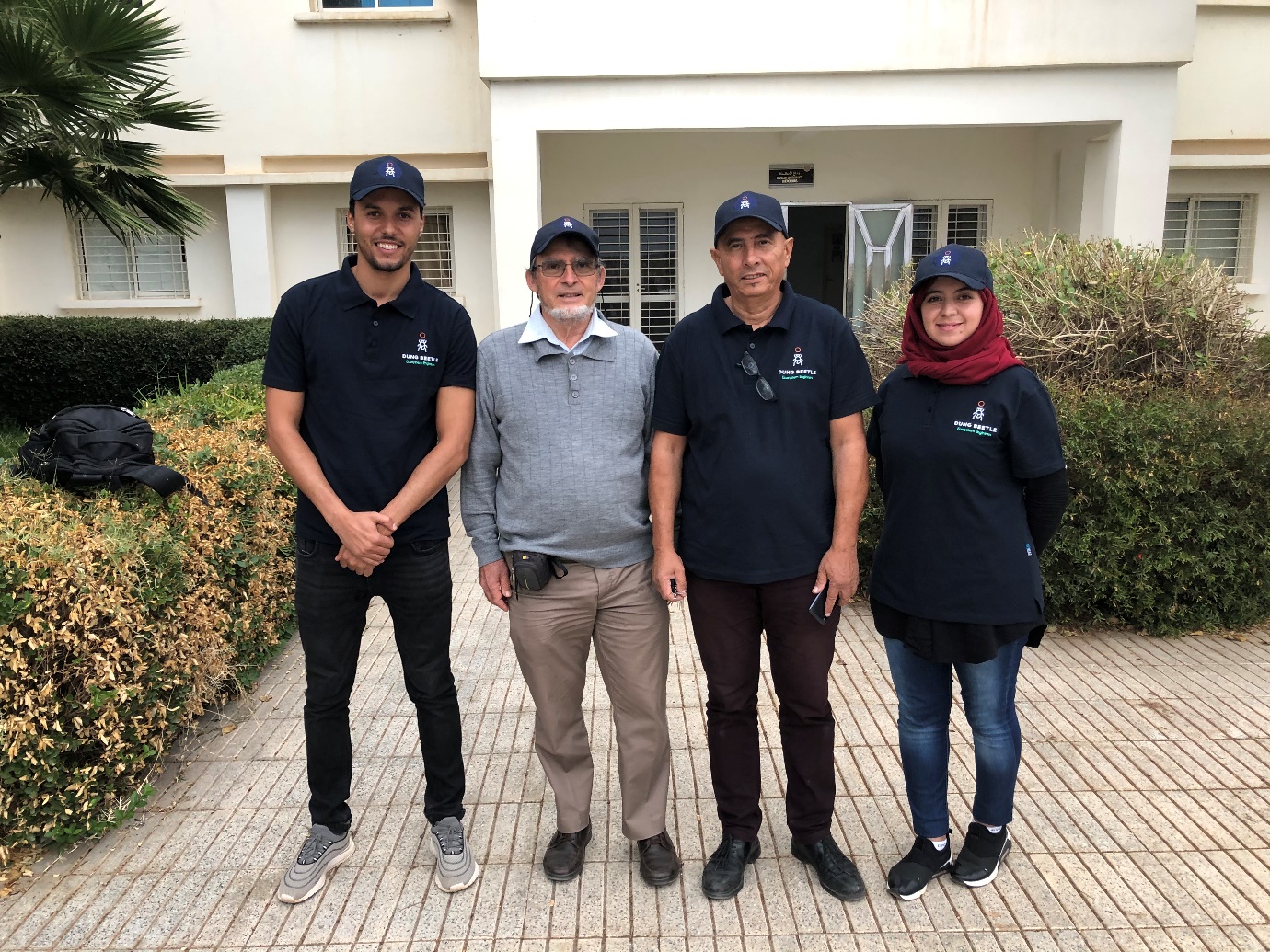Morocco’s contribution to Australia’s dung beetle importation is significant. Sharing a similar climate to southern Australia, Morocco boasts a diverse and abundant range of species that could help fill seasonal and geographic gaps in dung beetle activity in Australia. Supporting the arduous task of importing beetles, the DBEE project has strong international collaborations.
Dung beetles that were previously introduced to Australia during past dung beetle importation programs have been very effective in burying dung. However, there are still several seasonal and geographical gaps remaining in dung beetle activity. For example, across southern Australia there is a lack of active dung beetles in late winter and early spring. One goal of the current DBEE program is to import new species to fill this gap.

Morocco has been the focus of the DBEE importation program for several reasons. Firstly, Morocco has a similar climate to southern Australia. It has dry summers, relatively wet winters and frequently experiences droughts. Secondly, the physical geography of Morocco provides for a range of climatic conditions and zones and as a result it has abundant and diverse dung beetle communities. Thirdly, in many other parts of the world, dung beetle populations have decreased due to changing farming practices and pesticide usage. In Morocco, the shepherding of small herds of mixed stock with minimal drenching still takes place over large areas of the country. This combination of farming practices makes Morocco an ideal location for dung beetles to thrive.

The dung beetle importation process is complex. Beetles cannot be collected and shipped straight from the field and appropriate permits are required at every stage. The current importation program is only possible because CSIRO has teamed up with Professor Abdellatif Janati-Idrissi and his staff at the Université Sidi Mohamed Ben Abdellah, Faculté des Sciences dhar el Mehraz, in Fez. Prof. Janata-Idrissi has worked for more than 30 years on dung beetles, along with another DBEE project collaborator, Professor Jean-Pierre Lumaret, a world dung beetle expert and CSIRO affiliate.
The Moroccan team has several roles. Firstly, they field collect beetles for the program. For each species, the best site and time of collection must be determined. Collected beetles are cleaned, identified and sexed before being sent to the CSIRO European Laboratory in Montpellier, France where they are processed or reared further before being shipped to the CSIRO Black Mountain Approved Arrangement Site (quarantine) in Canberra. Once in Canberra, only surface-sterilised eggs of these beetles can be released from quarantine.
Secondly, the Moroccan team does what no one else in the DBEE program can; they study the candidate dung beetles in their native environments. For example, the thesis of Hasnae Hajji, a PhD candidate, focusses on the ecology and biology of Moroccan dung beetles along an altitudinal gradient. In her first year, Hasnae, with the help of PhD candidate Youness El Fattouhi, completed over 40 field surveys. She found a very diverse dung beetle community with about 30 species (excluding subfamily Aphodiinae) with major seasonal assemblage changes depending on the site. Hasnae also studied the lifecycles of species selected for the DBEE program. These initial results are important and will inform subsequent rearing protocols.

Due to the impact of the COVID-19 pandemic, much of the work planned for 2020 has unfortunately been delayed. The Moroccan team will continue their important work once the restrictions in Morocco ease. The team plan to perform behavioural experiments both in the field and in mesocosms (small field-based research enclosures). Gymnopleurus sturmi is an interesting ball roller species that will be introduced during the DBEE program. They will investigate whether the sun plays a role in beetle orientation. They will also investigate mate choice, efficiency in dung dispersal, and intra-species interactions as this species tend to aggregate in large groups in pads. The data collected will have direct implications for rearing protocols under laboratory conditions here in Australia and for predicting beetle impact once released on Australian farms.
